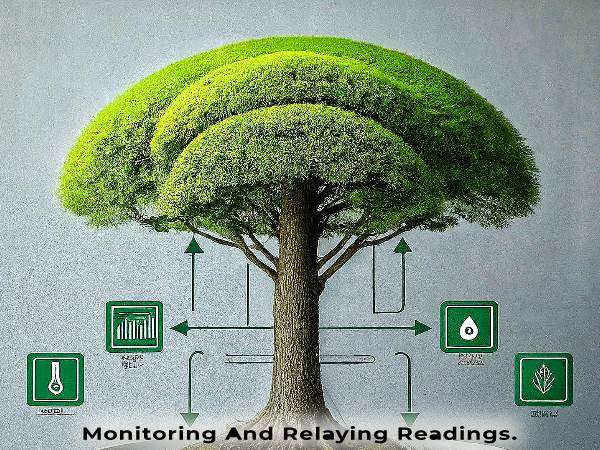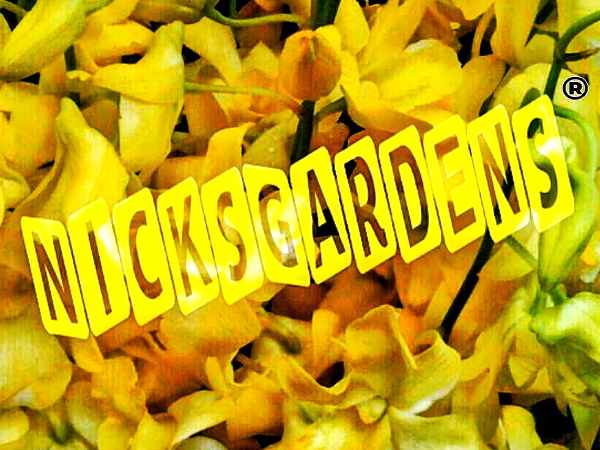🌱IPM for Every Gardener: No Tech, Low Tech, & High Tech🌱
🌱Integrated Pest Management🌱
🌱Part 05🌱
Low Tech IPM: Simple Solutions, Powerful Results🌱🌿

In the realm of gardening, simplicity often reigns supreme. Low Tech IPM embraces this philosophy, offering a treasure trove of practical and accessible techniques that harness the power of observation, ingenuity, and readily available resources. It’s a testament to the fact that effective pest control doesn’t always require fancy gadgets or complex solutions.
At its heart, Low Tech IPM is about working with nature, not against it. It involves employing a range of strategies that disrupt pest life cycles, create barriers to entry, and strengthen plant defenses. These techniques are often rooted in traditional gardening wisdom, passed down through generations, and have proven their effectiveness time and again.
Crop Rotation: Disrupting Pest Life Cycles🌱🌿
Imagine your garden as a stage, where different crops take turns performing throughout the growing season. Crop rotation, a cornerstone of Low Tech IPM, is like changing the scenery on this stage, keeping pests guessing and preventing them from establishing a foothold.
By rotating your crops each year, you disrupt the life cycles of pests that specialize in feeding on particular plants. For example, if you plant tomatoes in the same spot year after year, you’re creating a haven for tomato hornworms and other pests that thrive on this crop. By rotating tomatoes with other plants, like beans or lettuce, you break this cycle, making it harder for pests to find their preferred food source.
Crop rotation also helps to improve soil health by replenishing nutrients and reducing the buildup of soilborne pathogens. It’s a simple yet powerful technique that promotes a balanced and resilient garden ecosystem.
Companion Planting: Nature’s Dynamic Duos🌱🌿
Just as certain plants attract pests, others can repel them or attract beneficial insects that prey on those pests. Companion planting, a clever strategy in Low Tech IPM, harnesses these natural relationships to create a mutually beneficial environment for your plants.
For instance, planting marigolds alongside tomatoes can deter nematodes and other soil-dwelling pests. The strong scent of marigolds masks the attractive chemicals released by tomato roots, confusing pests and protecting your precious crop. Similarly, planting basil near cucumbers can repel cucumber beetles, while attracting pollinators that are essential for fruit production.
Companion planting is like creating a network of alliances in your garden, where plants work together to protect each other and promote overall health. It’s a testament to the power of biodiversity and the intricate relationships that exist within the natural world.
Physical Barriers: Keeping Pests at Bay🌱🌿
Sometimes, the simplest solutions are the most effective. Physical barriers, a key component of Low Tech IPM, create a physical obstacle that prevents pests from reaching your plants. They act like a protective shield, safeguarding your garden from unwanted intruders.
Row covers, for example, are lightweight fabrics that can be draped over your plants to protect them from insects like cabbage moths and flea beetles. These covers allow sunlight and water to reach your plants while preventing pests from laying eggs or feeding on the foliage.
Netting is another useful barrier, especially for protecting fruit trees and berry bushes from birds and squirrels. By placing netting over your plants, you can enjoy the harvest without sharing it with these hungry critters.
Other physical barriers include copper tape, which deters slugs and snails, and diatomaceous earth, a fine powder that creates a barrier that insects cannot cross. These simple yet effective tools can significantly reduce pest damage and protect your garden’s bounty.
Handpicking and Removal:🌱🌿
Sometimes, the most direct approach is the best. Handpicking involves physically removing pests from your plants, either by hand or with the aid of simple tools like tweezers or a garden hose. This method is particularly effective for larger pests like caterpillars, beetles, and slugs.
While handpicking can be time-consuming, it’s a highly targeted and environmentally friendly way to control pest populations. It allows you to remove pests without harming beneficial insects or disrupting the natural balance of your garden.
In addition to handpicking, it’s also important to remove any infested plant parts, such as leaves or fruits that show signs of pest damage. This prevents the spread of pests and diseases to other parts of your garden.
Organic Pest Control Methods:🌱🌿
When cultural controls and physical barriers are insufficient, Low Tech IPM offers a range of organic pest control methods that are safe for beneficial insects and the environment. These methods often utilize natural ingredients like plant extracts, oils, and minerals to repel or control pests.
Neem oil, for instance, is a versatile botanical insecticide that can be used to control a wide range of pests, including aphids, whiteflies, and spider mites. It works by disrupting the hormones that regulate insect growth and development, ultimately leading to their demise.
Insecticidal soap is another effective organic option, particularly for soft-bodied insects like aphids and mealybugs. It works by suffocating the pests, disrupting their cell membranes and causing them to dehydrate.
Diatomaceous earth, a fine powder made from the fossilized remains of diatoms, is a natural and effective way to control crawling insects like ants, slugs, and snails. It works by absorbing the waxy outer layer of insects, causing them to dehydrate and die.
These are just a few examples of the many organic pest control methods available to gardeners. By choosing these options over synthetic pesticides, you can protect your plants while minimizing your impact on the environment.
Observation and Early Intervention:🌱🌿
The cornerstone of Low Tech IPM is keen observation and early intervention. By regularly monitoring your garden, you can detect pest problems early on, when they’re easiest to control. Look for signs of pest damage, such as chewed leaves, wilting plants, or discolored foliage. Pay attention to the presence of beneficial insects, as they can often indicate a healthy and balanced ecosystem.
If you notice signs of pests, take action quickly. The sooner you address the problem, the less damage it will cause. Start with the least toxic control methods, such as handpicking or physical barriers. If these prove ineffective, consider using organic pest control products.
Remember, IPM is an ongoing process of observation, learning, and adaptation. By staying vigilant and responding promptly to pest problems, you can maintain a healthy and vibrant garden while minimizing your reliance on chemical interventions.

🌱✨your personal paradise 🌱✨
Close your eyes for a moment and imagine… Picture a symphony of colors as blossoms dance in the sun, their petals whispering secrets of the earth’s embrace. Breathe deep the intoxicating freshness of herbs, a melody of scents that soothes your soul and awakens your spirit. Feel the warmth of the sun on your skin and the earth’s energy pulse through your fingertips as you tend to your plants,
Feel the stress melt away as you relish the pure joy of harvesting your own homegrown bounty..
This is your personal paradise, where every bloom, every leaf, and every harvest brings you closer to nature’s magic. 🌱✨
🌱🌱 UNLEASH YOUR INNER BOTANIST:🌱✨
Discover fascinating facts and expert tips that will deepen your connection with the plant world. 🌱✨🌱✨
🌿 Your Q&A ask nick: [LINK]🌱✨
🌱🌱 EXPLORE THE ART OF SUSTAINABLE GARDENING: 🌱✨
Learn how to nurture your plants while minimizing your impact on the environment. ✨🌱✨
🌿 ASK AN EXPERT: [LINK]✨
🌿 NicksGardens® Garden Makeover : [LINK]🌱
🌱 🌱 Ready to welcome the magic of nature into your home with a burst of color, freshness and life?” 🌱✨
🌱🌱YOUR GARDEN ADVENTURE BEGINS NOW:🌱✨
Let NicksGardens® be your trusted guide as you embark on this exciting journey of growth and discovery. 🌱✨

